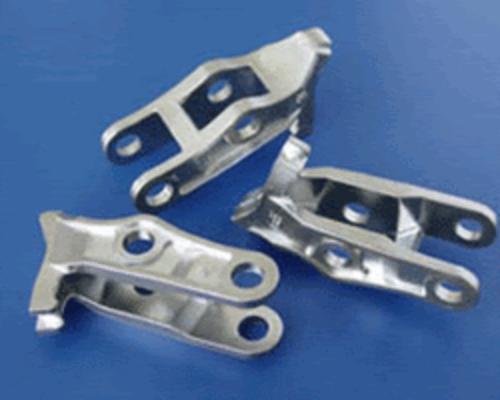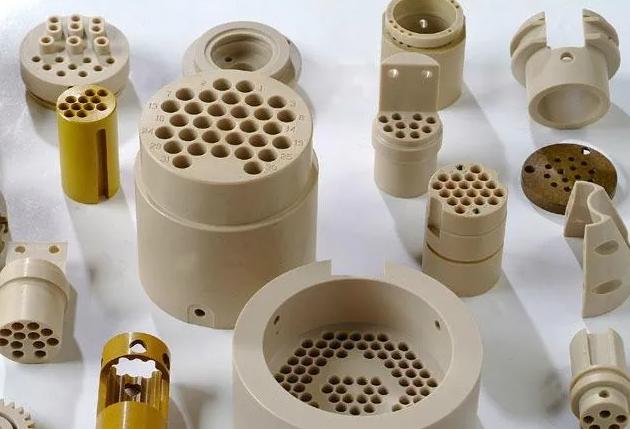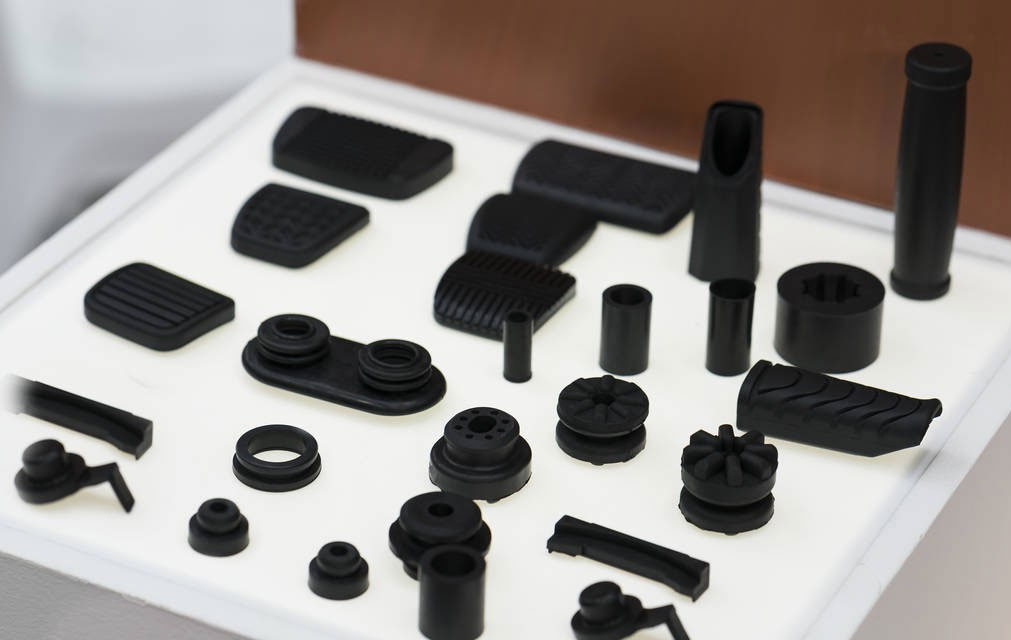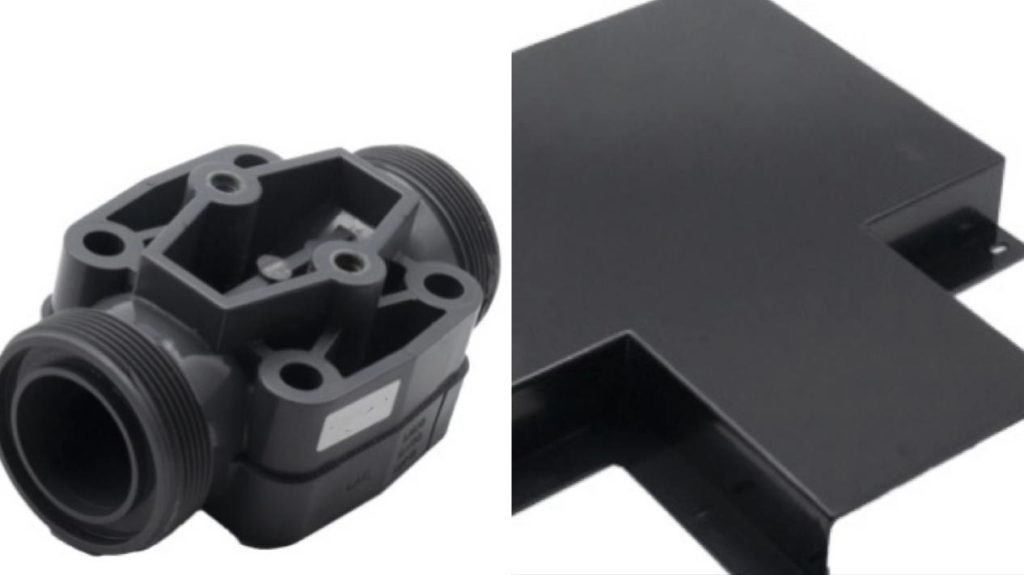In the production process of automotive plastic parts, there are many different types of process technologies. Injection molding, blow molding, gas-assisted molding, etc. can all be used for the production of automotive plastic parts. Among these various production methods, injection molding is used in automotive plastics. It is the most widely used in the production process of components, and injection molding technology is used for the instrument panel, bumper, seat, etc. of automobiles.
What is Injection Molding?
Injection molding is a molding method of injection and molding. In the process of injection molding, the injection molding material is first put into the feeding barrel of the injection molding machine, and then melted through a series of high temperatures, and then the plastic melt is melted by the high pressure force of the screw. Push it into the cavity, hold pressure, cool and form, and finally open the mold to eject the finished product. Injection molding has the advantages of high speed, high efficiency, and automatic operation.
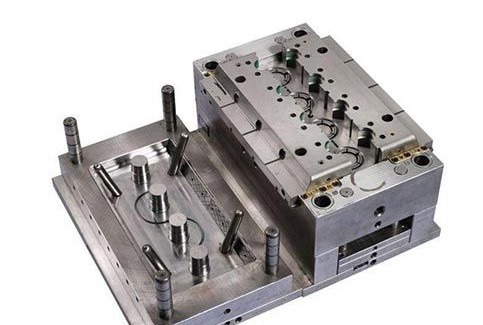
How to choose injection molding equipment
No matter what kind of product is produced, on the premise of ensuring basic product quality, how to reduce production cost is the first problem that enterprise managers consider. Here we consider how to select injection molding equipment from the perspective of cost control. In the selection process of injection molding equipment, we should not only avoid the waste of materials caused by purchasing too large equipment, but also avoid the situation that the equipment cannot be used due to purchasing too poor equipment. Therefore, how to choose the most suitable equipment to control the injection molding cost to The most reasonable also needs to be considered and analyzed from many aspects. When selecting injection molding equipment, we usually conduct a comprehensive analysis from four aspects: injection molding capacity, clamping force, template size, and mold opening size of the equipment.
The injection molding capacity of the injection molding equipment is mainly judged according to the quality of the injection molding plastic of the injection molding machine.
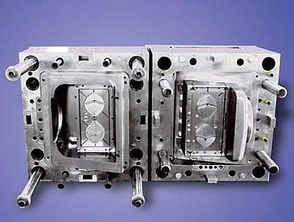
Clamping force refers to the clamping force applied by the injection machine to the mold after the mold is closed, in order to overcome the tension generated by the melt in the cavity of the mold, so as to prevent the mold from opening and causing the plastic products to be deformed and damaged. The selection of the clamping force requires that the projected area of the mold opening direction determined by the appearance size of the product × the number of cavities × the average pressure in the cavity of the injection molding material should be less than the clamping force.
The size of the template is mainly used to ensure that the mold can be effectively and safely fixed on the injection molding machine. Usually, the size of the mold must be larger than the appearance of the product, and the mold must be smaller than the inner distance of the large column. The product appearance of +140mm should be smaller than the tie-rod interval, and the product width×2+210 should be smaller than the tie-bar interval.
The size of the mold opening is to ensure that the product can be smoothly removed from the injection molding machine after the injection molding process is completed. The product depth × 3.5 should be less than the mold opening stroke.
How to Save Automotive Injection Cost?
By understanding the injection molding process and how to select injection molding equipment, we can learn from Japan’s cost control methods for injection molding parts, and carry out cost control combined with China’s specific conditions. The cost of injection molded parts is mainly divided into four categories: material cost, processing cost, freight and other costs.
- Material Cost
The material cost is mainly composed of injection molding material cost and washing barrel material cost. The cost of products, gates, runners and other processes all belong to the injection molding material cost. When changing the material or color of the injection molding machine, in order to ensure the quality of the product, we need to clean the barrel, and the cost of this part is the material fee for cleaning the barrel. The material cost of the washing drum is inversely proportional to the number of parts produced in each batch, that is, the fewer parts produced in each batch, the higher the cost for each part.
- Replacing the Mold Cost
The cost of replacing the mold, the cost of injection molding and the cost of de-flashing are all processing costs. Replacing the mold means that in the process of work, because different parts need to use different molds, the mold needs to be replaced. During the process of replacing the mold, the equipment is occupied, in an idle state, and cannot be produced; the process of replacing the mold requires manual labor. To carry out the operation, it is necessary to pay the labor costs to the workers, and these costs can be classified into the mold change fee. Injection molding cost refers to the cost incurred in the injection molding process, which can be controlled by improving production technology and shortening processing time. The cost of deburring refers to the cost of repairing the defective parts on parts after the production process of the parts is completed. When the performance of the injection molding machine is good, the parts produced basically have no burrs, so this part is not considered. cost.
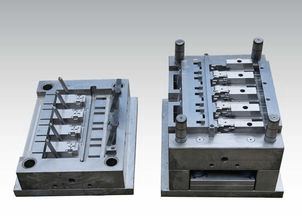
- Freight Fee
Freight refers to the cost incurred after the injection molded parts are transported from the injection molding workshop to the automobile assembly workshop. If the production is carried out in the same factory area, this part of the cost can basically be ignored. If the distance is long, road, rail or air transportation can be used according to actual needs, and the cost of each mode of transportation is also quite different.
- Other Expenses
Other expenses mainly include management fees, financial fees, packaging fees, etc. The management fee mainly refers to the cost incurred in the material management process, the financial cost mainly refers to the cost incurred by the material occupying funds, and the packaging cost mainly refers to the cost of protecting the surface of the auto parts.
Conclusion
It is not difficult to use plastic products instead of steel products in automobiles. What is difficult is how to use plastic products to optimize the structure of automobiles and produce high-quality and low-cost automobiles.


